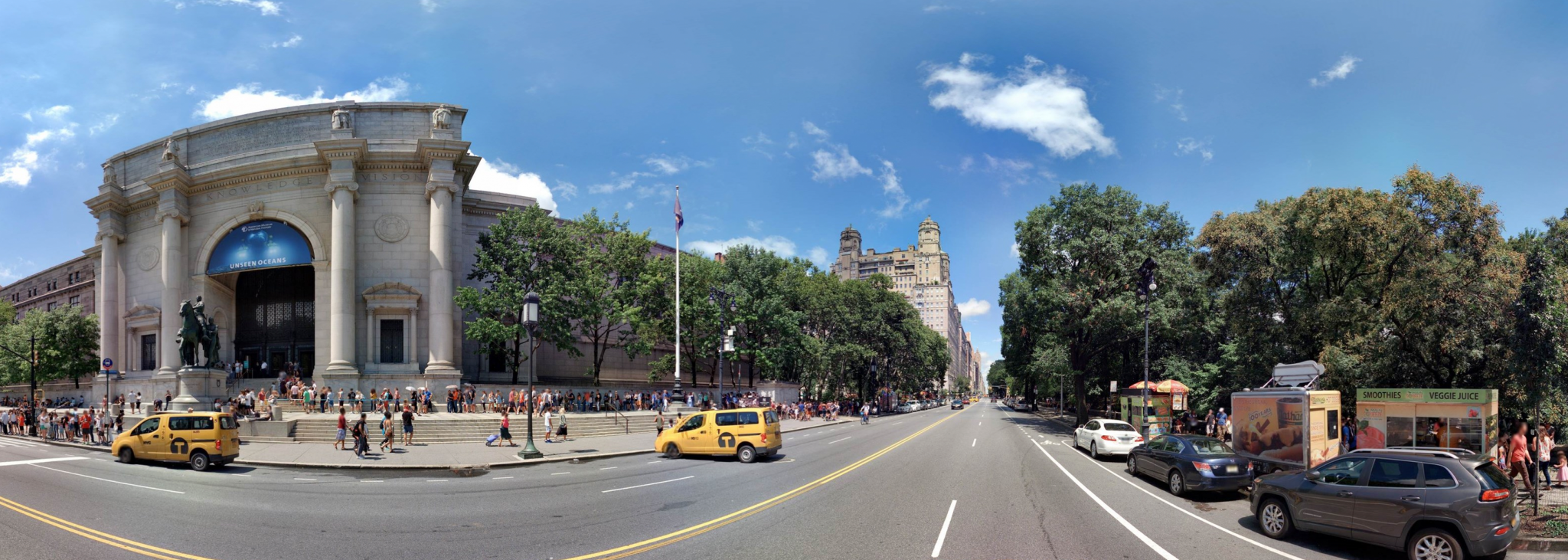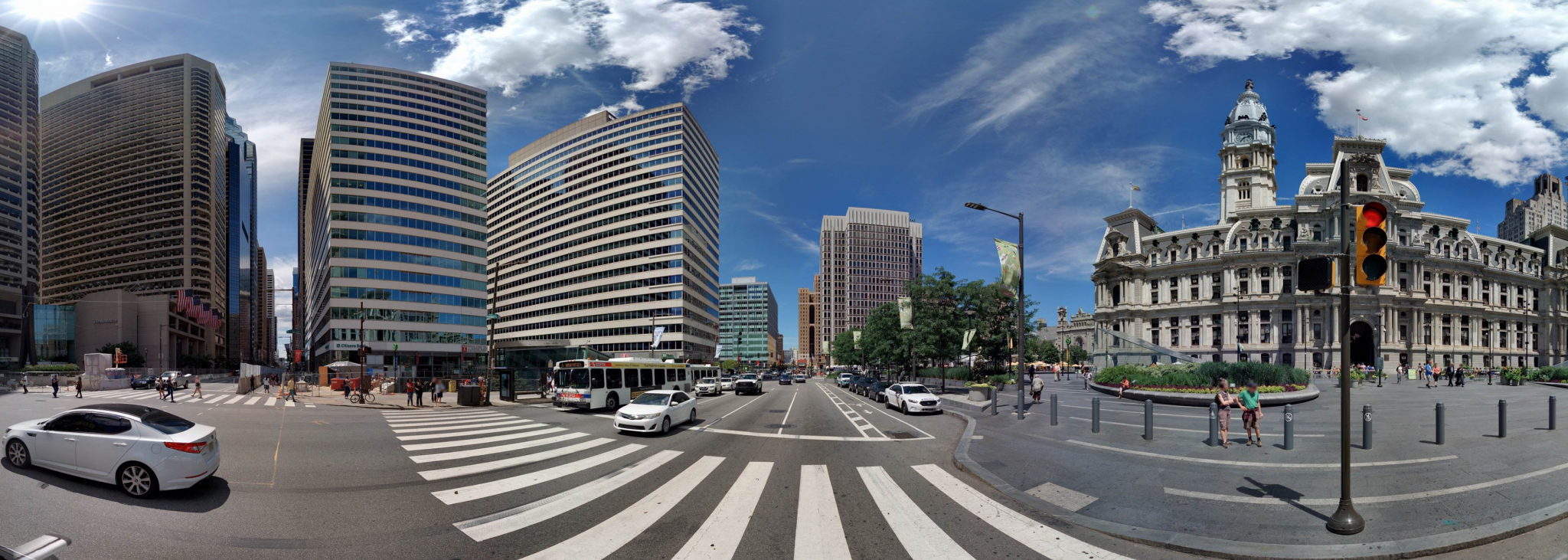Smart cities | 10 January 2020
How well do you know your city's risks and solutions
How will climate change affect your city?
Climate change is happening. Even though your city might not have experienced extreme effects yet, the UN’s predictions for the near future aren’t great.
We hear a lot about the potential global risks if this trend keeps evolving. But how detailed are your insights into the impact that climate change will have on your city? Do you know, for example, how much rainfall your city can handle before wells overflow? Or how to support citizens in case of outrageously high temperatures?
Luckily, there are many ways to make your city greener, for example by creating more green spaces in your city, as well as other opportunities to reduce CO2 levels. Cities are responsible for 75% of all the carbon emissions in the world, so it is on a local level that real changes are made.
In this article, we’re providing you with insights and solutions to prevent and handle crucial situations caused by environmental issues, and show what you can do as a city to become greener.

Time to act
It’s clear that it’s time to take action. As a city, topics related to carbon emission reduction are probably high on your political agenda for the upcoming years. But leaders on the world stage are struggling to deliver on the goals of the Paris Climate Agreement. Cities have more access to innovative solutions, connections with talented citizens, and day-to-day experience with the effects of climate change. That’s why the real action has to come from the local level.
We’ve asked Jose Antonio Ondiviela, SmartCities Solutions Director at Microsoft, to describe cities’ drive to fight climate change: “Major cities are consuming 80% of the world’s energy. And cities are emitting 75% of all the carbon emissions in the world. Everything related to sustainability is an opportunity to make a city more attractive to talented citizens. That is why cities pay much more attention to sustainability, more than is paid on a national or global level.”
City versus country
As a matter of fact, we are entering the era of cities, Ondiviela explains: “The concept of countries is shifting. By 2050, around 70% of the planet’s population will live in cities. By then, that will amount to 6.5 billion people. So cities are growing very quickly; they compete with each other and try to thrive. They are not as dependent on their countries anymore, only for economic stability and national security.”
“When it comes to reaching climate goals, cities are way ahead of their countries,” continues Ondiviela. “You can find a good example in the USA. President Trump is not paying attention to climate change, but the main cities have joined the C40, trying to become cleaner and reach climate goals. These goals were approved in the 2015 Paris Climate Agreement by almost 200 countries, but it is the cities who are making a significant achievement on this particular journey.”
Collective task
Everything related to zero carbon emissions is on the political agenda for the main cities. “I cannot imagine a city that wants to take part in this international contest without a clear goal for the very near future,” Ondiviela states. “For example: Copenhagen wants to become carbon neutral by 2020. The city of Malmö is following suit, trying to make this happen by 2025. This is very significant in my opinion.”
But this is not just coming from the city’s politicians. Fighting climate change is a joint task. Ondiviela: “The only way the city of Copenhagen can achieve this goal is to have all citizens commute by bicycle 85% of the time. All citizens have to commit. So, yes, it’s great that collaborations like C40 exist. But this does not come down to just the city leaders; it is a collective task.”
Using data
Smart City expert Ondiviela sums up a few efficient solutions to reach climate goals from an urban point of view. “One of the main contributors to CO2 emissions: energy-inefficient buildings. It’s actually hard to find buildings that use water and energy efficiently. A great opportunity lies in improving the usage of public buildings. In an average city, there’s one public building for every 1000 inhabitants. That’s a lot. But how do we use that data to become more energy efficient? Let’s say a school is completely empty during the weekend. Every Monday morning you have to turn the heating to the maximum, consuming a lot of energy. It would be more energy-efficient to use buildings like this for the community during the weekends. A simple and creative solution.”
And there are many more solutions to think of. Carbon tax, transportation improvements, maybe even the creation of a cycle focused on reusing, recycling and reducing waste. But it all starts with insights, Ondiviela explains: “First of all, this topic is related to the amount of nature in the city. Trees absorb carbon. So, what you have to do is count how many trees you have. Simple. To really make a change, you need to know what’s there. You need to take measure of your buildings, your vegetation status. You need to know how energy and water are flowing in the city, how much matter is entering the city, how much traffic, and so on. Cities can make it happen, and it starts with collecting data.”
